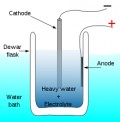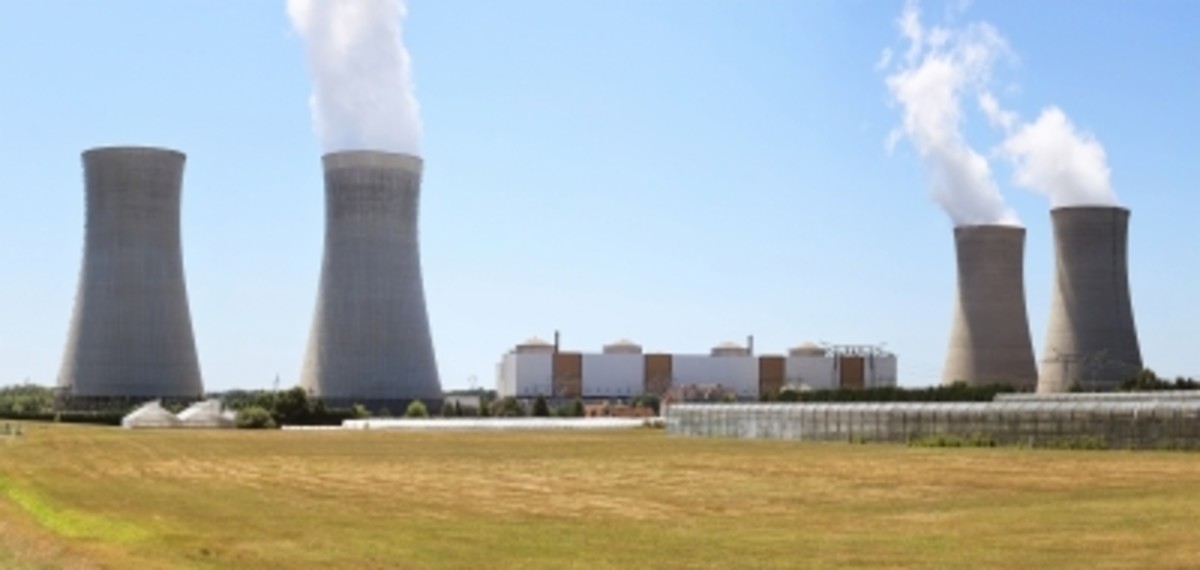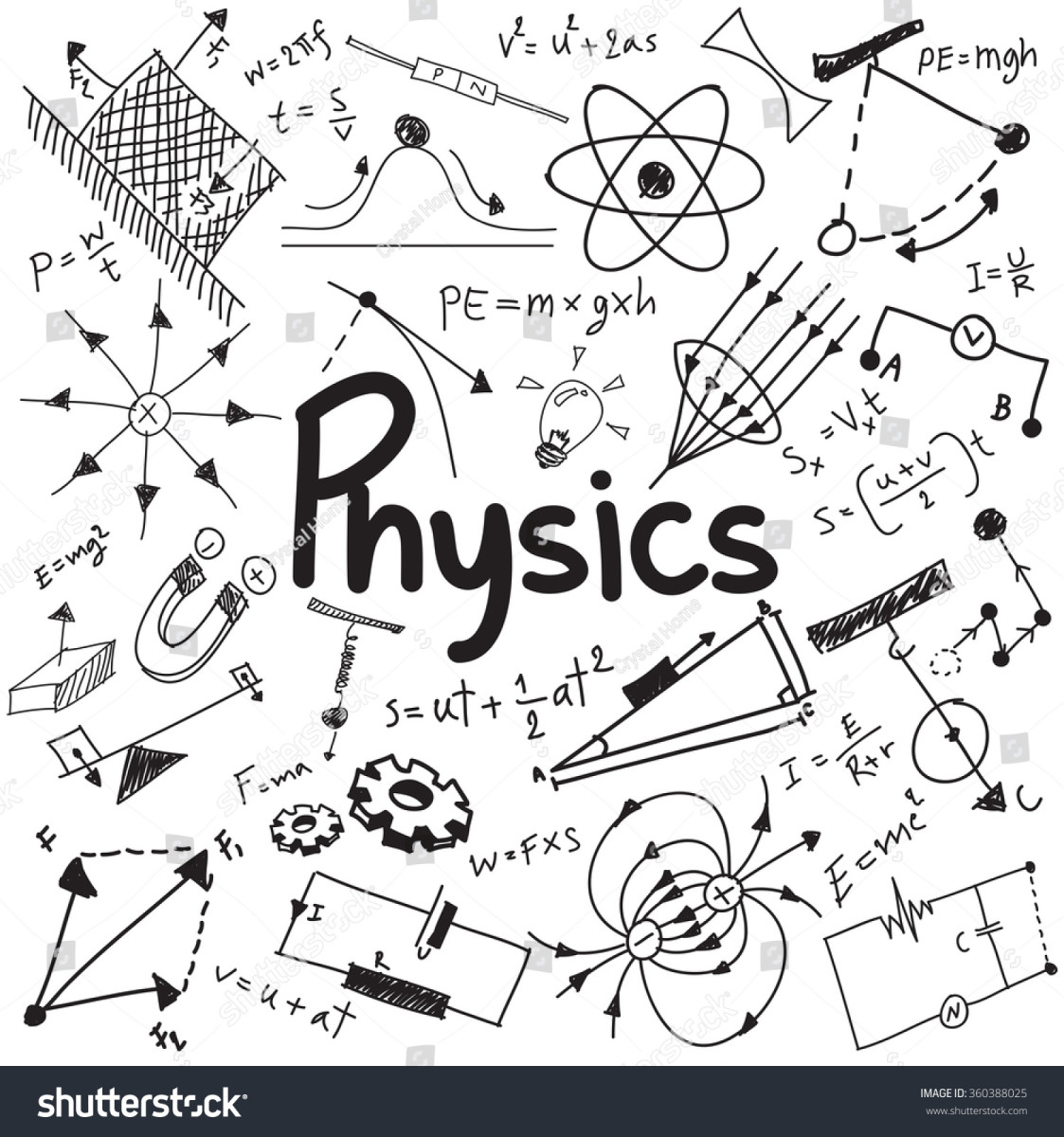Nuclear Fusion Might Be Close to Revolutionizing the World

Introduction
The nuclear disaster in Japan after the March 2011 earthquake was a complete catastrophe. The earthquake + tsunami + nuclear disaster killed about 17,000 people. The repercussion that I'm going to focus on in this article is that it also killed was the nuclear (fission) power aspirations of the United States and others. This happened after decades of the nuclear power movement slowly gaining ground. The people and the government of the world's leading economy simply have shown lack of interest in nuclear power. The 104 nuclear power plants account for about 20% of all U.S. power, and all of them were built before 1974. While these plants are outdated, they have been upgraded for safety throughout their lifetime due to the nature of what could go wrong. The Obama Administration has been pro-nuclear power, actually authorizing two new ones to be built in 2010. The move back to nuclear power has been incredibly slow. Now that Fukushima is added to the list with Three Mile Island and Chernobyl, it seems that it will be years before fission power gains back ground. But what about fusion power?
Imagine if the nuclear power that you know of today had a big brother. Its big brother is so effective at producing power that it powers the Sun and any other star in the sky. Besides the incredible power, it would be incredibly safe (no beta decay) and clean (no greenhouse gases).The idea has been around since the 1950s, and besides letting fusion power explode (the H-bomb), we haven't really tampered with it as an energy source. Currently at the forefront of this scientific research is Japan, China, South Korea, and Germany.

The Old Research
There are two primary solutions to harness fusion power that have been around for about a decade. The plasma needed to undergo the reaction would have to be at hundreds of millions of degrees, so we could either:
1) Contain a hot plasma with an extremely strong magnetic field (so nothing touches it)
2) Make the reaction happen for billionths of a second with high powered lasers
Regarding the hot plasma option:
It is hard to talk about fusion power without talking about ITER. ITER is the brainchild of a coalition of the seven world's leading powers--China, India, Japan, United States, EU, Russia, and South Korea-- that was originally a deal made between the U.S. and Soviet Union. While some might guess that most fusion research is going on in science labs, people might be surprised to find out that ITER is a plant that is actually being built in the southern part of France. They are trying to actually make a prototype fusion power plant by 2018.
So, how will they do it? They put deuterium (D) and tritium (T) (Hydrogen with one and two neutrons, respectively) gas in a super magnet called a TOKAMAK reactor and heat it up to 200 million degrees--about 10 times hotter than the center of the sun. This forces D and T smash together hard enough to fuse to create a helium atom and give off a neutron.
Are deuterium and tritium hard to obtain, you ask? It turns out that we can find all the deuterium we need in seawater. There is enough deuterium power in one gallon of seawater to equal 300 gallons of gasoline. And it turns out that we have plenty of seawater. Tritium can be formed in an easy reaction with 6 Lithium atoms and a neutron, and we have plenty of Lithium. This article has more information about that reaction.
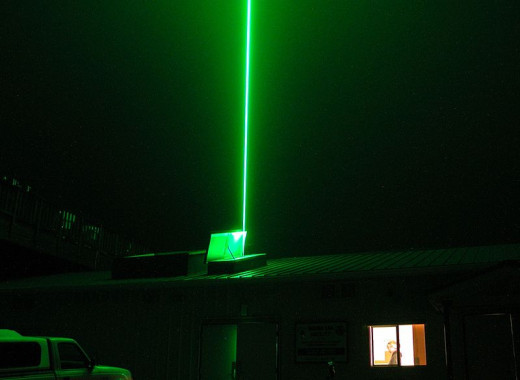
Regarding the laser option:
The European Union is started planning a prototype fusion project known as HiPER, and the US has a project at the National Ignition Facility. They both involve a cluster of the ridiculously powerful lasers all hitting a target of deuterium and tritium only a few millimeters across. These fusion projects work already--but they consume more or about the same amount of power as they produce. Barring a major breakthrough (which is totally possible, a 500-terawatt laser was created recently), these projects are years from actually providing an appealing alternative energy source.
ITER's own video
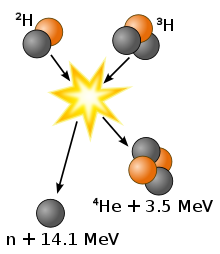
This can't be safe. Or can it?
Nuclear fission reactor meltdowns are so dangerous because of beta decay-- the atoms continue to decay for days after the control conditions are disrupted. This cannot happen in a fusion environment because the atoms are not decaying...they're being fused.
In a fusion reactor, the reaction is so hard to maintain that if it is disrupted by terrorist attack, human error, or weather the fusion plasma used to create the correct conditions would simply cease to exist. There would not be a catastrophic explosion, although there could be a relatively small one if the chamber wall is compromised (the reaction is happening at 200 million degrees).
The tritium that is a by-product of the reaction is not a major threat compared other forms of radiation. In the body, it is passed through as water. This means it cannot accumulate for more than 7 to 14 days.
The helium that is given off by the fusion reaction is harmless to biological life (and can be used to fill up, like, so many balloons). Also, the helium is light enough to escape the earth's atmosphere...which is kind of unfortunate because helium-3 could be used for an even better fusion reaction.
One last plus is that the current prospects for reactors could not be used to make a bomb.
So let's start building! What's the hold up?
According to Wired UK, fusion power is 10 years away (as in when ITER is finished we will have solved all of the engineering problems). This is an extremely optimistic claim. Other sources claim anywhere from 30-50 years. Some even say never. What's the hold up?
Four major problems:
- Neutrons given off in the D and T reaction impact the wall of lithium and rare earth metals. This primarily lithium metal mix is called a blanket because it protects against the radiation, the heat, and even gives tritium back into the mix. Prolonged exposure makes the lithium and rare earth metal mix radioactive. The radioactivity implies that the wall would have to be replaced. Considering that this wall of the reactor is one of the most expensive parts, it would be a very bad economic prospect.
- The United States isn't committing very much financial aid to the project. ITER during the beginning was banking on the U.S. as a major contributor.
- Solar and wind energies are stealing all the spotlight...and by spotlight I mean funding and research. Nuclear power has a bad reputation despite fusion being much different than fission.
- The physics of the ITER TOKAMAK reactor force it to be incredibly large and expensive.


The New Research
Lockheed Martin's Skunk Works usually works on classified materials. It is the development program that produced the U-2, the SR-71 Blackbird, the F-22 Raptor, and the F-35 Lightning II.
In February 2013 Skunk Works claimed that they could create a 100 mW fusion power plant that is about the size of a semi-truck that could be mass produced on a production line. They said this could happen within 5-10 years, a time frame that would leave ITER in the dust.
The trick is to move away from the large expensive TOKAMAK reactor and create the required strong magnetic fields by another process.
If delivered, the world could be on the verge of a revolution. Cheap, clean, nearly inexhaustible power would allow developing nations to develop industry for a fraction of the current cost. Small, mobile fusion power would be an incentive for electric powered car production, it would provide energy for desalination so that we could turn ocean water into drinking water, and it would be ideal for space travel.
Sound too good to be true? I think so too. However, this news does a splendid job of showing how exciting cheap energy can be.


